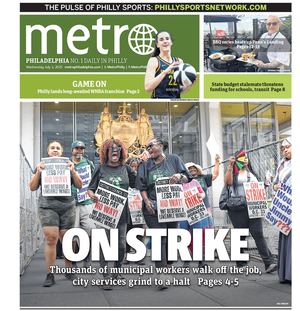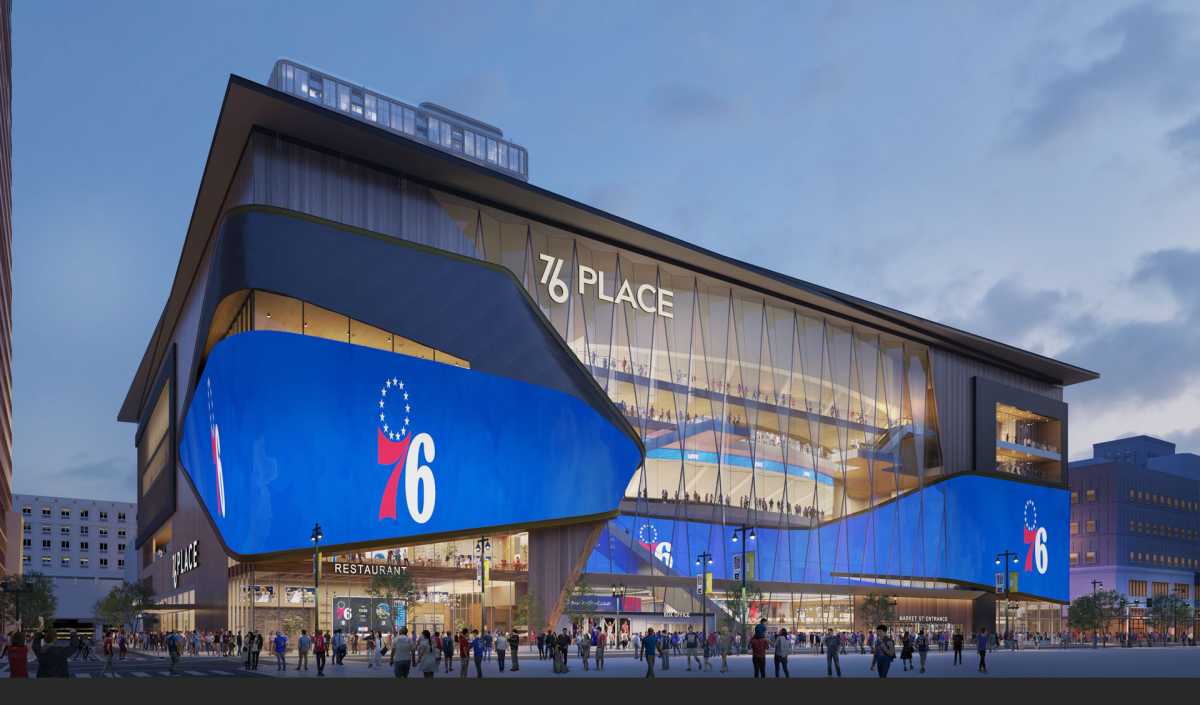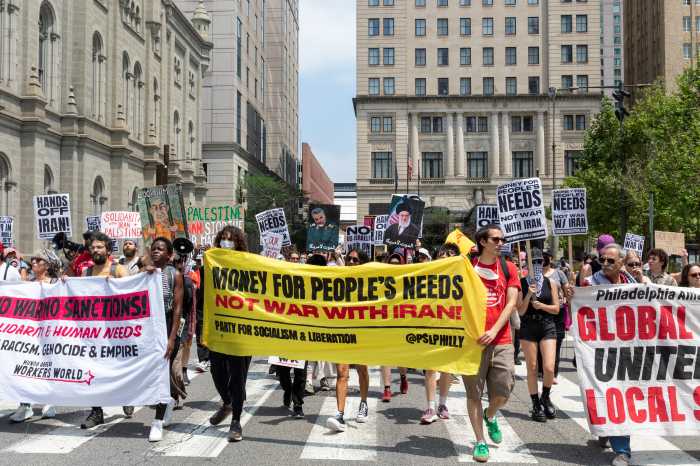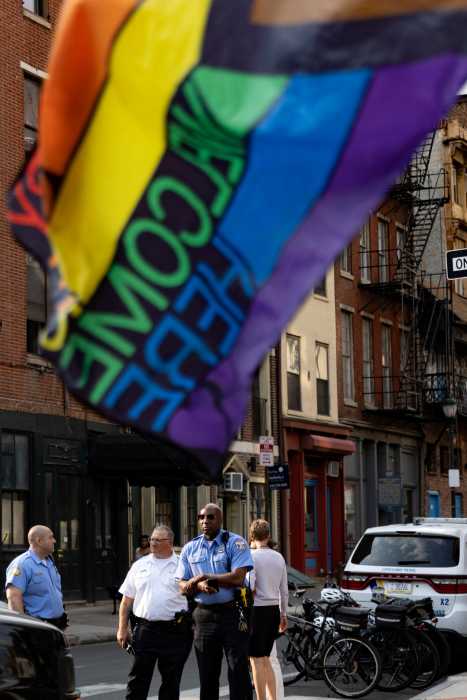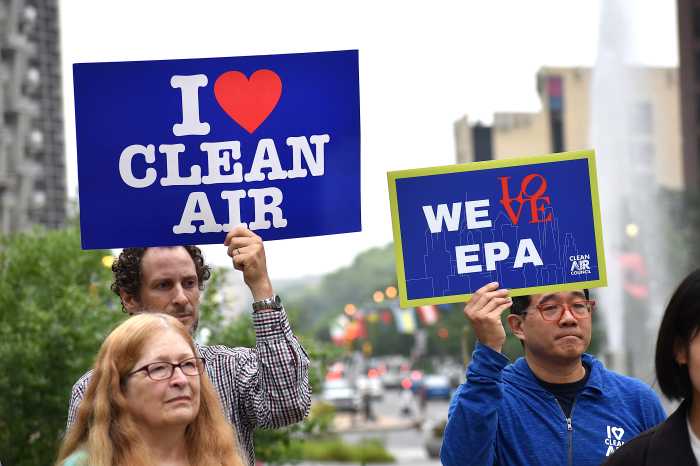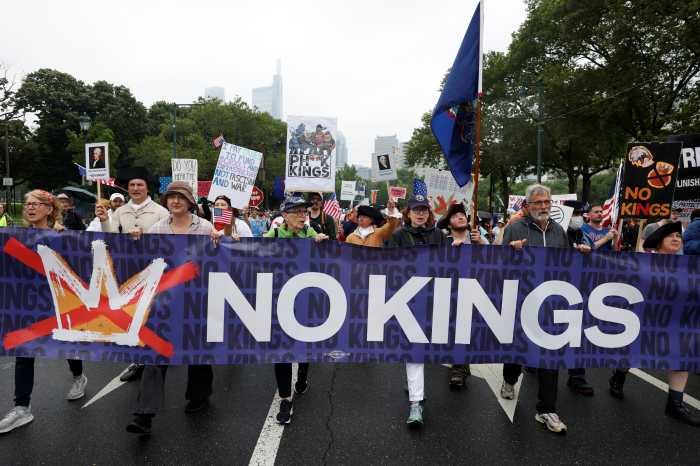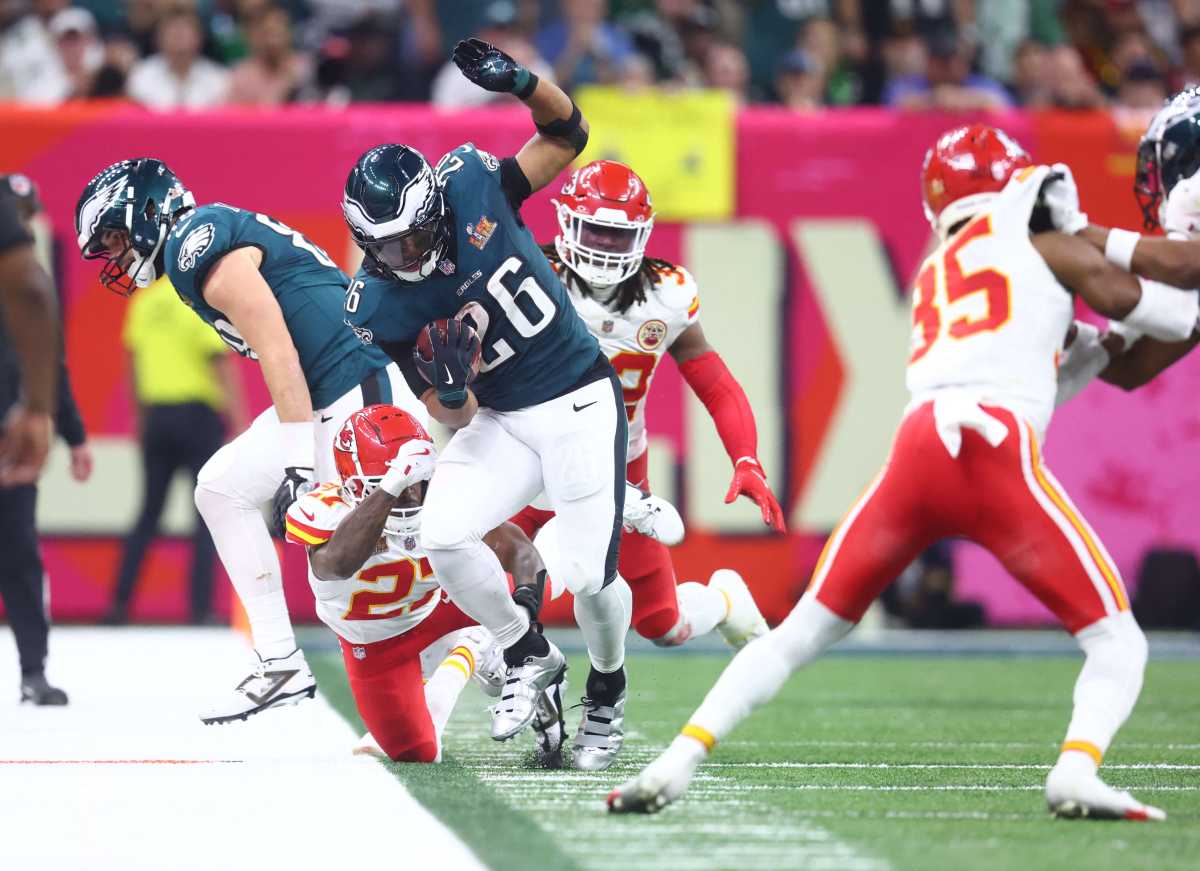The proposed 76ers arena in Center City could lead to the loss of hundreds of businesses, thousands of jobs and hundreds of millions of dollars in tax revenue, according to a new economic analysis.
While the developers have pledged to invest $1.5 billion in private funds to build the arena and issue tax payments to the city, those benefits could be offset by a substitution effect, with dollars flowing into the venue and away from smaller businesses, said Arthur Acolin, the study’s author and a real estate professor at the University of Washington.
Representatives from 76 Place – the working name of the arena – questioned the data used in the analysis and characterized it as an attempt to build opposition to their plan.
Acolin based his findings on commercial activity in the 19107 zip code, which covers an area bounded by 8th Street, Broad Street, Pine Street and Callowhill Street, including City Hall.
In a table, he examined the possibility of the arena’s construction and operation having a low, medium and high impact on the surrounding neighborhoods over the course of 35 years.
Business losses could range from 170 to 566, with 4,700 to 15,800 fewer jobs, according to the analysis. City and state tax revenue, Acolin estimates, could decrease $264 million in a low impact scenario and more than $1 billion in a high impact situation.
“I wouldn’t assign any kind of probability or percentage chance of one of the scenarios being more or less likely,” he said. “Even in the low scenario, with relatively modest substitution effect, we would still see pretty substantial losses in businesses, employment and taxes.”
Acolin cites a 2023 research survey that looked at a broad range of studies surrounding stadium and arena developments. It found that there is no evidence that a sports venue helps a city’s overall economy; rather, dollars that would have been spent elsewhere are pumped into the venue.
Bishop Dwayne Royster, of POWER Interfaith, which is part of the anti-arena Save Chinatown Coalition, said the analysis shows that the project “would be a monument to exploitation and come at a high cost to children, families, and taxpayers.”
76 Place spokesperson Mark Nicastre, in a statement, used scare quotes around the term “academic study” — questioning its validity — and said Acolin’s research is “fatally flawed.”
“Amid this haphazard report’s myriad of issues, there is no explanation of how the researcher arrived at his data, assumptions, or conclusions,” he continued.
Nicastre described the report as “another attempt by those who oppose the project to obfuscate the truth by pumping out misinformation and half-baked theories instead of engaging in productive dialogue.”
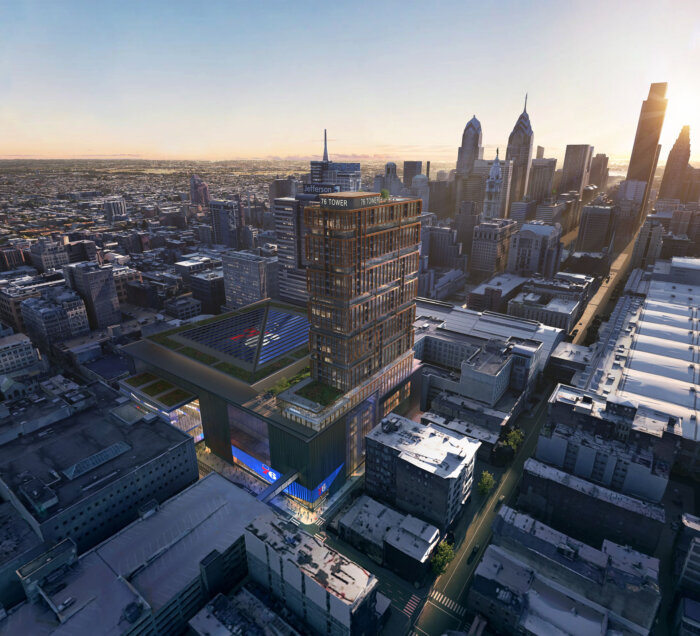
Though the analysis was promoted by the Save Chinatown Coalition, Acolin told Metro he was not paid for the work and is interested in the arena plan. He lived in Philadelphia while studying as an undergraduate at the University of Pennsylvania and said he has been following 76 Place news coverage.
The arena’s developers – team owners Josh Harris, David Blitzer and David Adelman – have said they will sign payment-in-lieu-of-tax agreements that will generate $800 million for City Hall and $200 million for the School District of Philadelphia over three decades. In addition, the venue will produce an estimated $472 million in state tax revenue, team officials have said.
The developers have pledged to use no city funds, though they have said they are open to state and federal dollars.
76 Place will also generate more than 12,000 jobs during construction, and, when it is open, 3,700 permanent jobs and an annual economic impact of $400 million, according to the project’s website. Opponents have raised doubts about those findings.
Arena boosters and opponents are awaiting the findings of city-commissioned economic and community impact reports.
Those analyses were initially scheduled to be released in the fall; then, the date was pushed to the end of 2023. Mayor Jim Kenney’s office, in the waning days of his administration, said in December that the reports would not be issued until sometime in 2024.
Karen Guss, communications director for the city’s Department of Planning and Development, told Metro that there is no update on when the studies will be finished.
If the project moves forward, the Sixers, who now play at the Wells Fargo Center in South Philadelphia, would relocate to an 18,500-seat arena in a section of the Fashion District mall. The development is also set to include an apartment tower with nearly 400 units.
The team wants to open the venue in 2031. 76 Place will require City Council action, and legislation has yet to be introduced.
